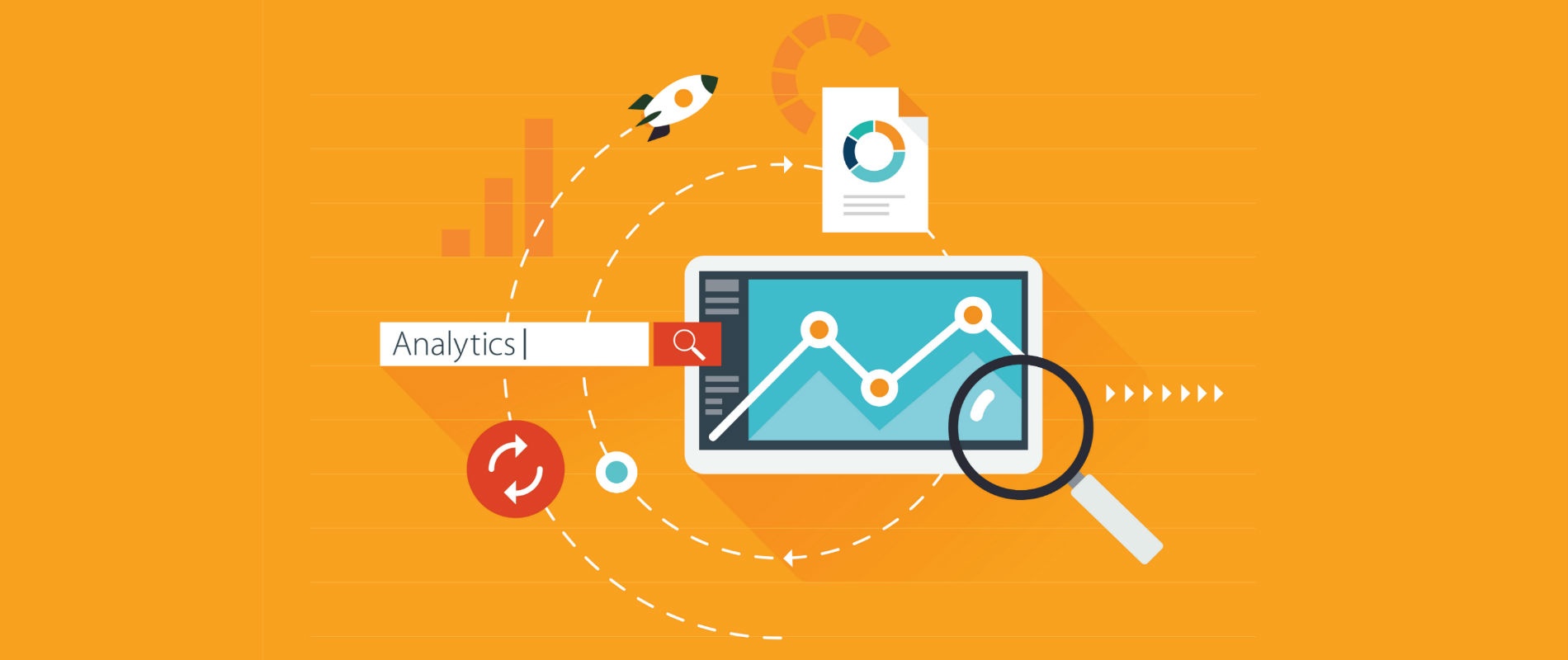
Get weekly
HubSpot updates
With all the different marketing metrics available, it can be a little overwhelming.
Where do I start? What should I look at? What affects my bottom line? All valid questions, so we’re going to help pinpoint the key metrics that you should be looking at to gauge the success of your marketing efforts, providing the most insightful benchmarks for your business.
These are the metrics we’ve found most useful over the years, and here’s the simple truth - the metrics that matter are the ones that have meaningful implications for your business.
Customer Acquisition Cost (CAC)
Let’s start with CAC, which is your total marketing and sales cost. This is when you add up all the marketing and advertising spend (including salaries, commissions, bonuses and overheads within a given time period), and divide that total by the number of new customers within the same time frame.
For example, say you want to assess your quarter four performance. If you spent £15,000 on sales and marketing efforts, and acquired three new customers, that would mean each customer cost you £5,000 to acquire.
The goal, of course, is to have a low CAC number, especially compared to how much revenue each customer pulls in. Maximum profitability is a small CAC coupled with a high average revenue per customer.
Marketing Percentage of CAC
Typically, new business acquisition is a joint effort between a company’s sales and marketing teams. If like me you’re on the marketing side, you’re probably interested in how much business development success can be attributed to your marketing efforts, rather than sales. It’s another simple calculation.
This metric represents the marketing portion of your total CAC, calculated as a percentage of the overall CAC. To calculate this, take all of your marketing costs and divide them by the total sales and marketing costs used to compute the CAC. This metric shows how a marketing team’s performance and spending impact the overall CAC.
Formula: Marketing Costs / Sales and Marketing Costs = M%-CAC
Here’s an example:
Marketing Costs: £200
Sales & Marketing Costs: £400
Marketing % of CAC: £200 / £400 = 0.5
Multiply by 100 for the percentage = 50%
This is the percentage of your CAC attributable to marketing. This is interesting to watch over time, because any change signals that something has changed in either your strategy or your effectiveness.
An increase means one of the following:
A) You’re spending too much on your marketing.
B) Sales costs are lower because they missed quota.
C) You’re trying to raise sales productivity by spending more on marketing, providing more higher-quality leads to sales.
Download the marketing metrics reporting template
Marketing-Originated Customer Percentage
This ratio shows what percentage of new business is driven by your marketing efforts.
To work it out, take all of the new customers you signed up in a set period and look at what percentage of them started with a lead that the marketing team generated.
The great thing about this metric is that it directly shows what portion of the overall customer acquisition originated in marketing, and it’s often higher than you might think. This number varies widely from business to business. For a company with a sales team that’s supported by a lot of lead generation from marketing.
Marketing Influenced Customer Percentage
If you’re interested in focusing on the impact of your marketing efforts, you can also look at the marketing influenced customer percentage, that is, the percentage of your new customers that interacted with your marketing materials.
To calculate this percentage, divide the number of new customers who had contact with your marketing during a given period, by the total number of new customers in the same period. Then multiply by 100 to get your percentage.
Here’s an example:
Customers who made contact with your marketing in set period: 600
Total customers in set period: 1000
600 / 1000 = 0.6
Then multiply by 100 for the percentage = 60%
The resulting figure is your marketing influenced customer percentage. If that percentage is high, congratulations, your marketing efforts are bossing the lead generation game!
Time to Payback CAC
Here we have the number of months it takes you to earn back the CAC you spent to get each new customer.
To work this out you take the CAC and divide it by the margin adjusted revenue (MAR). The MAR is the average monthly recurring revenue (MRR) minus the average cost of service (ACS).
Here’s an example:
CAC: £8,500
MAR: £1,000
Time to Payback CAC: £8,500 / £1,000 = 8.5 months
This resulting number is the number of months to payback. The shorter the better where time to payback CAC is concerned.
The better picture you’re able to paint of the effectiveness of your marketing efforts, the better you will be able to fine-tune your strategies for the future and improve your business’ bottom line.

